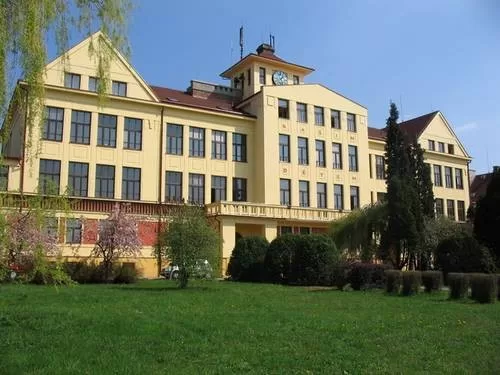ACOUSTICS
We are able to recognize the overall vitality of the beehive and conditions such as queenlessness, stress, overcrowding, and swarming with high precision using acoustic sensors placed inside the hive.
WEIGHT
The weight of the entire beehive, including the roof and the load. The weight increases as the bee colony grows. In early April, about 500 new bees hatch every day, and by the end of April, more than 1,000. This means an increase of 4,000 to 10,000 young bees per week. Bees bring pollen, nectar, propolis, and water from nature. They build new combs and are provided with more space by adding additional honey supers. The decrease in weight is related to the decrease in the number of bees at the end of the season and the consumption of pollen and honey, as well as the reduction in space inside the hive by removing honey supers.
TEMPERATURE AND HUMIDITY
The optimal temperature inside the hive ranges from 30-36°C durin Kg the productive period from spring to late summer. This is the period when worker bees raise brood, i.e. larvae, the new generation of bees. There should be a suitable water source near the hive at this time, so that bees can lower the temperature inside the hive during hot weather and maintain stable humidity, especially around the larvae that are submerged in royal jelly. Royal jelly is produced by worker bees and they feed it not only to their larvae, but also to the queen throughout her life. Honey, pollen, and larvae develop in the cells. In cold weather, bees cluster into a so-called bee ball and generate heat by trembling their bodies. The cooling mechanism, on the other hand, involves evaporating water by fanning bees, which lowers the temperature. In the winter, with no brood, adult bees can survive at temperatures around 20°C. If the temperature inside drops below that, either the sensor is poorly placed or something is wrong with the bees. Weather - outdoor temperature and humidity. Bees begin to fly out of the hive at temperatures between 10-15°C and do not fly in the rain, which signals humidity above 90%.
CAMERA
An internal camera follows the bottom of one of the hives - the lower part of the frames of the bottom floor.
GPS
Exact location of the beehive.
VARROA
Our system, which utilizes machine learning, is also designed for visual recognition of the Varroa destructor mite. By using a photograph taken from the bottom board of the beehive, the computer automatically evaluates the infestation of the hive. The Varroa mite is a dangerous parasite that feeds on the undeveloped bees, destroys their immunity, and causes colony losses. It is currently considered one of the biggest threats to bee survival.







